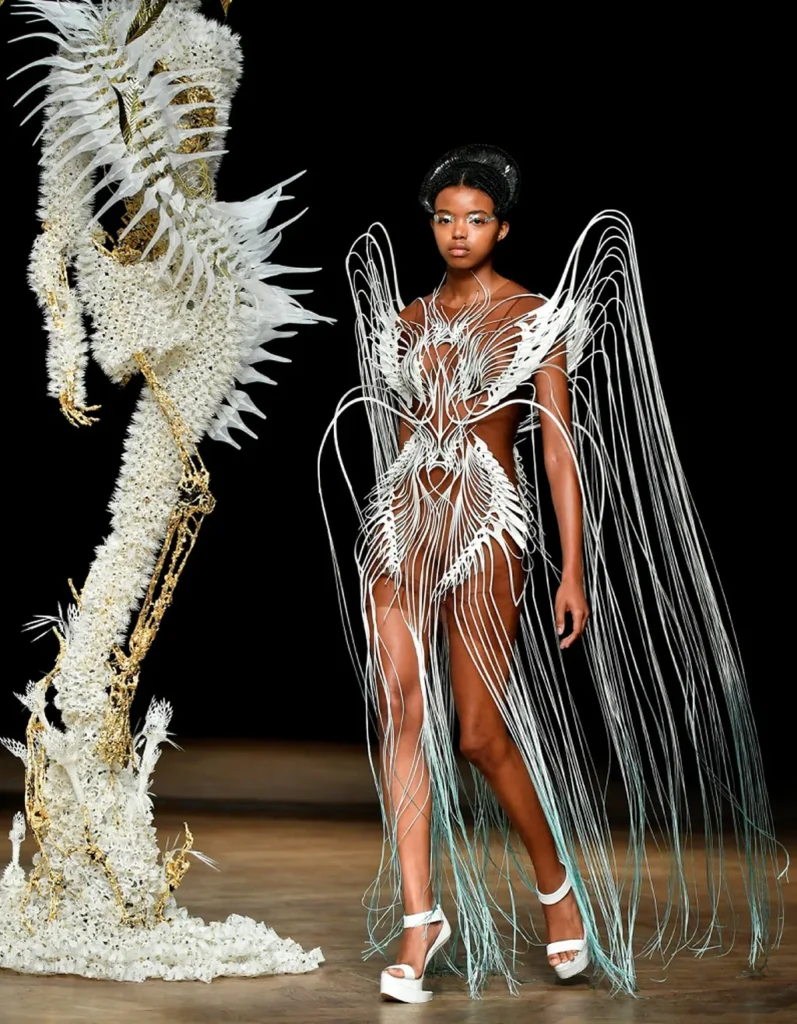In the heart of Vilnius, a city where art and technology intersect, Diak Viktorija from the Vilnius Academy of Arts is pioneering a new frontier in the fashion industry. Her research, published in ‘Manufacturing Review’ (Gamyba ir technologijos), is challenging the status quo of textile production, exploring the potential of 3D printing to revolutionize the way we create fabrics.
The fashion industry has long been a bastion of traditional methods, with textiles woven and knitted using techniques that have remained largely unchanged for centuries. However, the rise of additive manufacturing, or 3D printing, has opened up new possibilities for creating intricate, customizable structures. Yet, as Viktorija explains, “the application of 3D printing in the fashion industry is still in its infancy, particularly when it comes to replicating the properties of traditional textiles.”
The challenges are substantial. Traditional fibers have inherent characteristics that are difficult to replicate, and the production processes and fabric construction methods used in conventional textile manufacturing are not easily translated to 3D printing. To address these issues, Viktorija has conducted a conceptual review of existing 3D-printed quasi-textile structures, examining their attributes, fabrication techniques, and classification.
Her research proposes essential criteria for assessing these structures based on their resemblance to textiles, drawing on both the intrinsic properties of conventional textiles and the fundamental elements and structures of 3D-printed quasi-textiles. She has also developed an approach for fabricating textile-like structures using fused deposition modeling (FDM) technology, one of the most accessible and widely used 3D printing methods.
The potential commercial impacts of this research are significant. The energy sector, for instance, could benefit from the development of lightweight, durable, and customizable textiles for use in extreme environments. Imagine protective clothing for workers in the oil and gas industry, designed to withstand harsh conditions and provide optimal comfort and safety. Or insulation materials for pipelines, tailored to specific environmental conditions and manufactured on-demand, reducing waste and improving efficiency.
But the journey is not without its challenges. Viktorija’s research highlights the obstacles encountered during production, using various model design examples to illustrate the complexities involved. “The key is to understand the unique properties of 3D-printed structures and leverage them to create textiles that are not just replicas of traditional fabrics, but innovative materials that push the boundaries of what is possible,” she says.
As the fashion industry continues to evolve, driven by the demand for sustainability, customization, and innovation, research like Viktorija’s is paving the way for a new era of textile production. By embracing the potential of 3D printing, we can create materials that are not just functional and beautiful, but also environmentally responsible and socially impactful.
In the words of Viktorija, “The future of textiles is not just about replicating the past, but about imagining what is possible and using technology to bring those visions to life.” And with her groundbreaking research, she is doing just that, one layer at a time.

